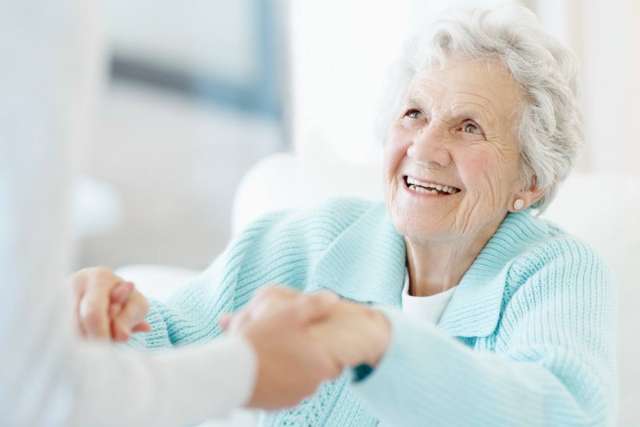Dear Doctors: Our mom is 79 years old and in good health. She was lonely after our dad died, and went into assisted living to be near other people. She’s lost a few steps physically, and my sister thinks it’s because her daily tasks -- like shopping, cooking and cleaning -- are taken care of. Does that really keep you fit?
Dear Reader: We have come to equate maintaining physical fitness with vigorous and targeted exercise, but it’s actually a lot more complex than that. The array of ordinary tasks we perform over the course of each day play a significant role as well. When you make a bed, sweep a floor, wash dishes, cook a meal or complete a grocery run, you’re going through a wide range of movement. Something as simple as fetching the mail translates to a collection of important physical actions. It sounds improbable, but even fidgeting confers physical benefits.
Break it down, and in the course of performing daily tasks and activities, you’re standing, lifting, reaching, bending, walking, twisting, balancing and stretching. These are small movements, often done unconsciously, yet they play a significant role in health and well-being. Taken together, they contribute to strength, flexibility, agility and balance.
Daily routines, which entail countless decisions and calculations, confer cognitive benefits as well. No matter someone’s age, our routines enhance thinking, learning and judgment. The repetitive nature of many of these tasks can make them seem like drudgery. That makes it easy to underestimate their importance. Yet, research shows that the type of activity we’re discussing, which is sometimes referred to as low-intensity movement, is beneficial to physical and mental health, and to general well-being. This is particularly true for older adults.

Your mother made an important decision when she chose to seek companionship by living in a community after your father’s passing. Loneliness can have severe health consequences, including stress, poor sleep, depression, heart problems and increased vulnerability to chronic disease, and may even lead to premature death. But the services offered at her assisted living facility may be inadvertently limiting the amount of the low-intensity movement she performs every day.
Keep in mind that the grief at losing her husband can have physical effects, as well. This includes poor sleep, fatigue and body aches and pains, all of which can adversely affect movement. If your mother is willing, you might begin with an evaluation by her doctor in order to rule out a medical cause for her setback. If all is well, you can explore ways for her to become more active.
It’s understandable that your mother would be happy to be free of chores such as cooking, laundry and housework. But she can exchange those activities for more targeted physical effort. Many assisted-living facilities offer exercise classes, both in a group setting and as one-on-one instruction. They are specifically geared to the aging body, often with a focus on what is known as functional fitness. This includes maintaining a healthy body weight, increasing agility, improving balance and bolstering emotional health. An enormous amount of change has just occurred in your mother’s life, so remember to be patient as you help her adjust.
(Send your questions to [email protected], or write: Ask the Doctors, c/o UCLA Health Sciences Media Relations, 10960 Wilshire Blvd., Suite 1955, Los Angeles, CA, 90024. Owing to the volume of mail, personal replies cannot be provided.)





